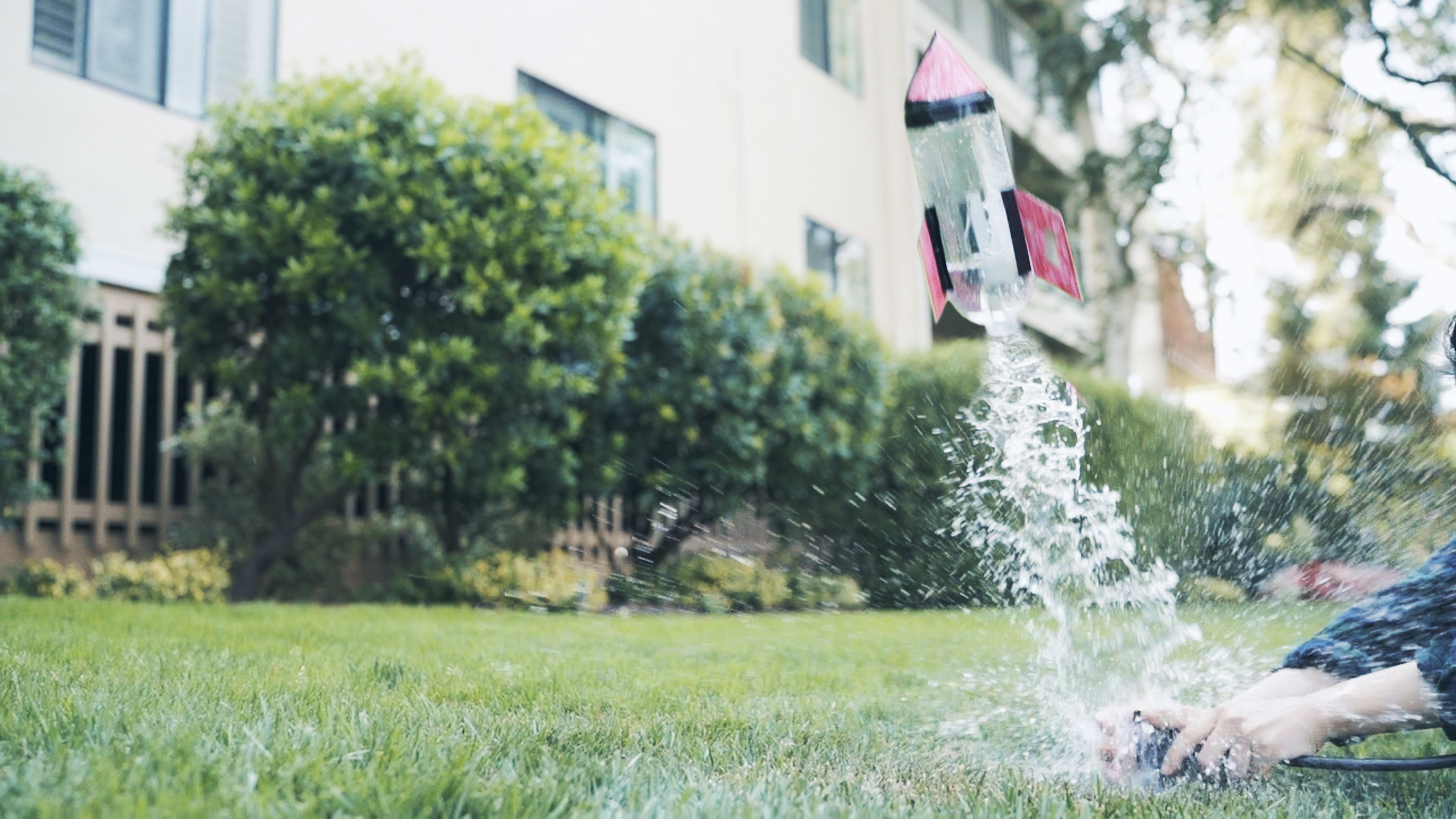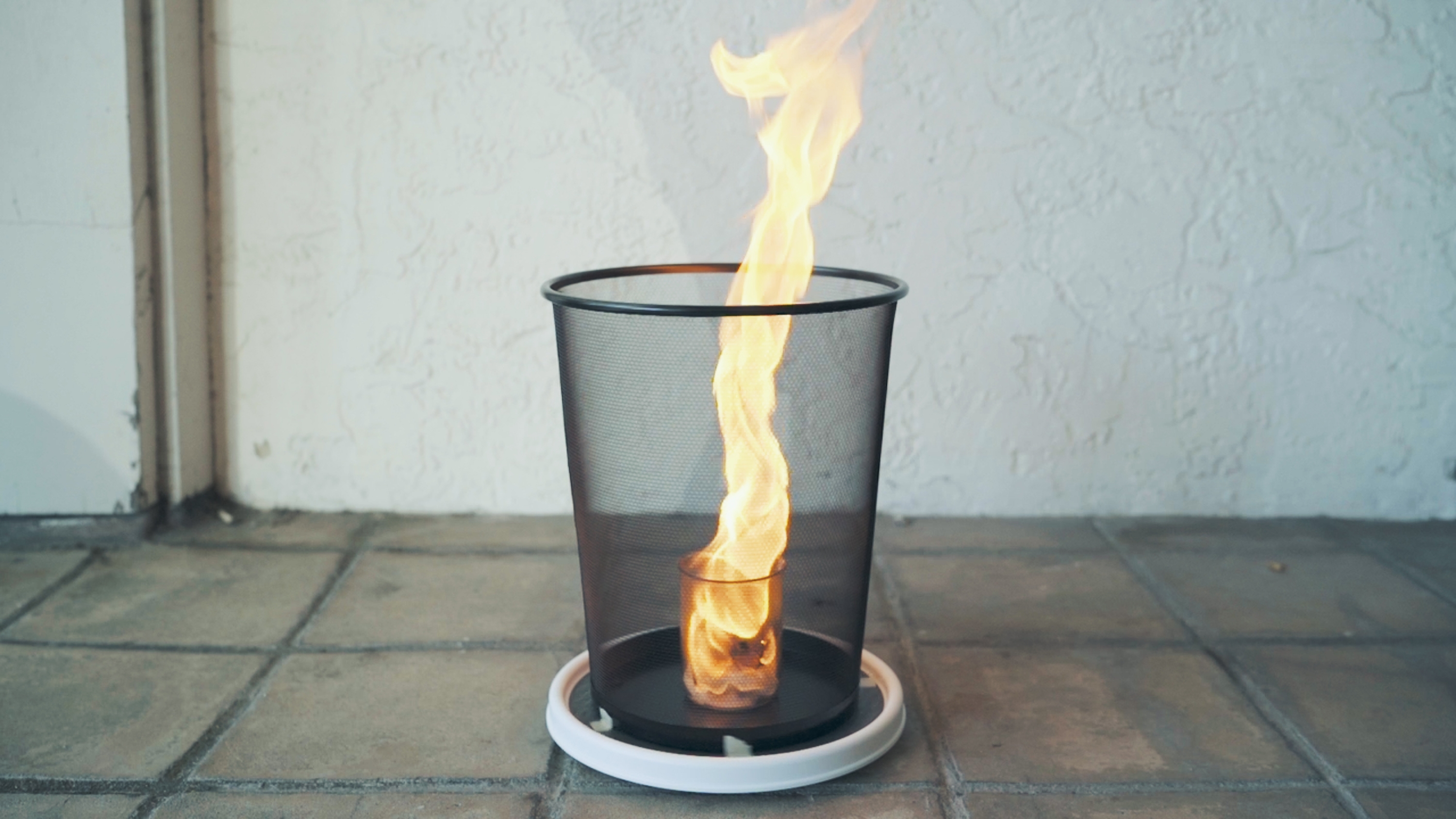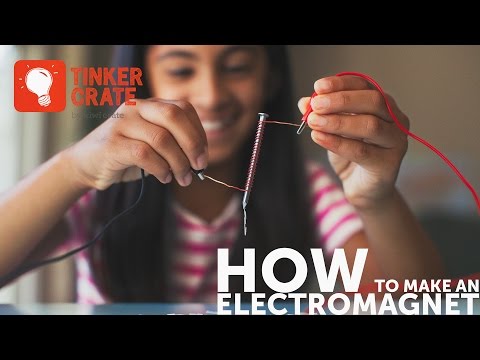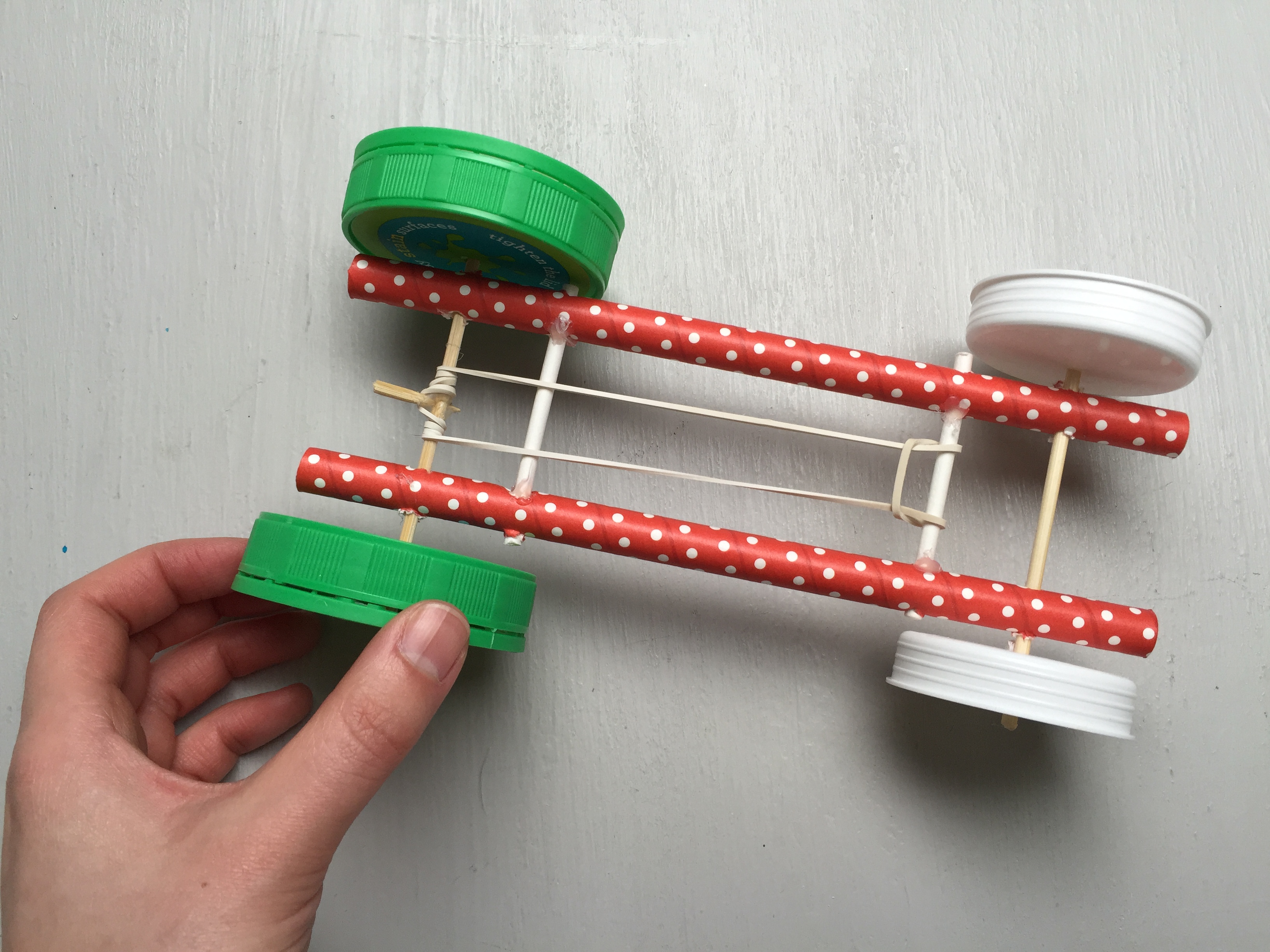The best science fair projects for 9th grade begin with a hypothesis -- a supposition or proposed explanation made with limited evidence as a starting point for further investigation. Below, we've included examples of science projects to which you can apply hypotheses. To make a truly awesome science fair project, make these your own and consider how you can explore the science behind these cool demonstrations.
Don’t want the learning to stop? Check out our line of engineering kits that are perfect for 9th grade students.
Pressure Bottle Rocket

Water squirters work by pressurizing reservoirs of water with air. As you pump the squirter, it gradually adds air to the reservoir, increasing the pressure. When you pull the trigger, the pressure is allowed to release and a stream of water shoots out!
In this experiment, learn how to use the exact sample principles found in water squirters to launch a water rocket sky-high!
The Science:
The pressure bottle rocket works thanks to Newton’s third law of motion, which states that for every action, there is a reaction. As you pump up your rocket with air, pressure builds up inside. Eventually, this pressure pushes the rocket off of the cork and bicycle pump, and expels the water in the bottle downward — this is the action. The reaction to this downward movement of the water is the rocket’s own upwards movement, sending it high into the sky.
Flying Teabag

Make a tea bag fly with heat! The flying tea bag experiment is a similar concept to a hot air balloon, but you can do it right at home. This project is simple to create, but visually impressive! To form a hypotheses, consider what would happen if you tried this experiment with different types of tea bags?
Flaming Torch

Create a whirling fire torch of your own. The flames spin upwards into a vortex from the rising heat and wind. Follow along to safely create a whirling fire torch yourself! To form a hypothesis, consider testing with different types of jars, waste baskets, or newspaper. Does changing these make an impact on the vortex's height?
Electromagnet

Unlike the magnets that are used on refrigerators, electromagnets are magnets that can be turned on and off depending on the flow of electricity. The electricity that flows through the wire allows the molecules in the nail to attract certain things. Give this experiment a try, and see how many paper clips you can pick up with your electromagnet!
Rubber Band Racer

I’m a huge race car fan, so when we started experimenting with wheeled vehicles in our kid testing lab, I knew just what I wanted to create! Using simple household materials and tools, it was super easy to create a rubber band-powered racer. The steps below require some adult assistance as we used an electric drill and a hot glue gun, but our kid testers were happy to help with the other steps -- and of course experiment with wheels, rubber bands, and different surfaces to see how fast their racers could go!
Want to make a rubber band racer without the hassle of gathering materials? Zoom into learning with a Rubber Band Car crate from the KiwiCo Store! It includes a step-by-step video tutorial link, illustrated blueprint instructions, all the materials, and a special-edition Tinker Zine magazine for more project fun!